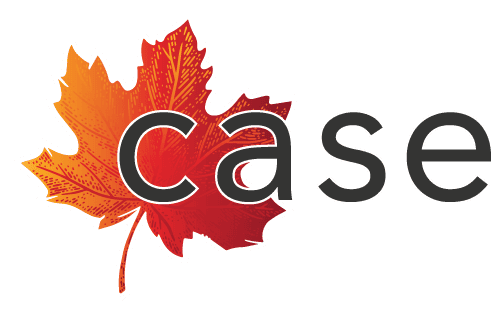[cs_content][cs_element_section _id=”1″ ][cs_element_layout_row _id=”2″ ][cs_element_layout_column _id=”3″ ][cs_element_text _id=”4″ ][cs_element_text _id=”5″ ][cs_content_seo]Inclusion, diversity and workplace equity efforts require a holistic approach to ensure your processes, policies and culture are team-focused. In order to align them, you must have a clear view of who occupies your spaces. Evaluating team demographics can ensure that you are implementing processes and policies that have the fewest barriers and are universally supported.
Becoming familiar with your teams can become increasingly difficult as they grow. In a successful and growing organization, the personal contacts that once existed can become less common as more and more levels and units are divided to accommodate growth. Efforts to sustain culture, connections and community need to be targeted and taken into account.
Surveys (pre, current and post-employment) can be used to seek out demographic information. They become windows into who your teams are. Such communication efforts can be used to accommodate policies, procedures, and physical work environment. Using the feedback from team member engagement builds trust and encourages further disclosures, ideas and innovation to thrive.
However, one limitation to these surveys is the continued use of self-declaration. There may always be team members who don’t have confidence in disclosure or who may not have the words to come forward, even with an invitation. In this case, employers have the opportunity to look at existing research which has been completed on a wider scale, knowing the information and recommendations may be more accurately tied to our work population. An example of one of such research is The Diversity Work report by the Canadian Association for Supported Employment. Diversity Works reported on the experiences of Black, Indigenous, and People of Colour who experienced disability as they navigated their employment journey
The findings of the research shed light on the challenges that people with disabilities faced and how the intersectionality of multiple identities compounded those obstacles. The research suggested sixteen recommendations to employers to increase engagement with team members, improve inclusive and equitable practices, as well as easily executable policy adjustments which would move intent into action.
The list of recommendations, as well as the Executive Summary are available here.
With the knowledge of what is required to support our teams and implement policies, practices and processes, the return on the minimal monetary investment pays exponential dividends in productivity, quality of work, and employer brand. \n\n[/cs_content_seo][/cs_element_layout_column][/cs_element_layout_row][cs_element_layout_row _id=”6″ ][cs_element_layout_column _id=”7″ ][cs_element_headline _id=”8″ ][cs_content_seo]Subheadline space\n\n[/cs_content_seo][/cs_element_layout_column][/cs_element_layout_row][/cs_element_section][/cs_content]
Canadian Association for Supported Employment

